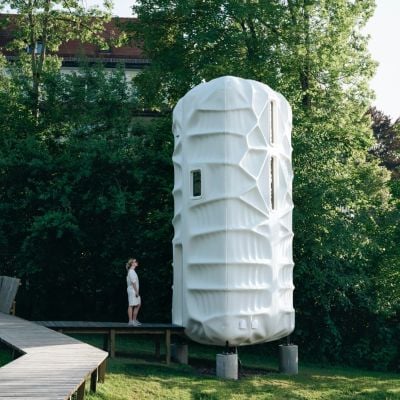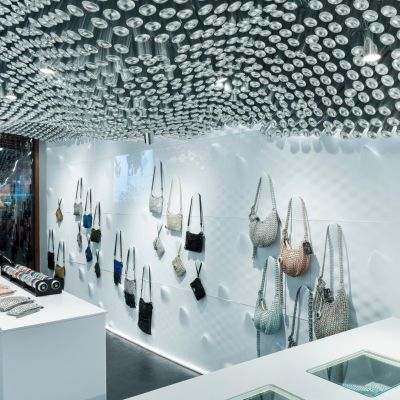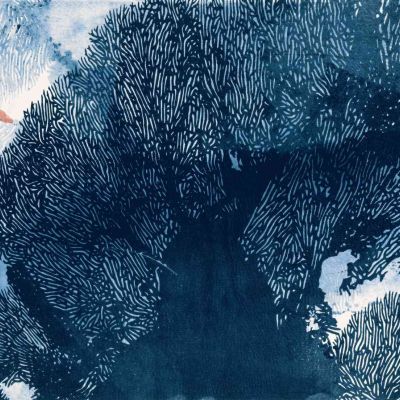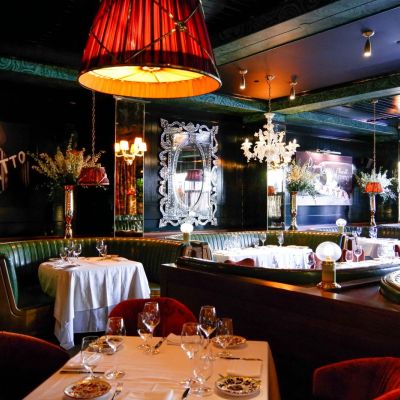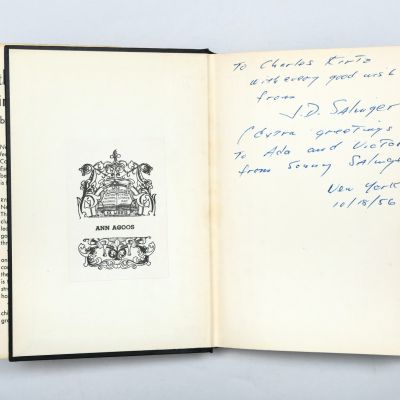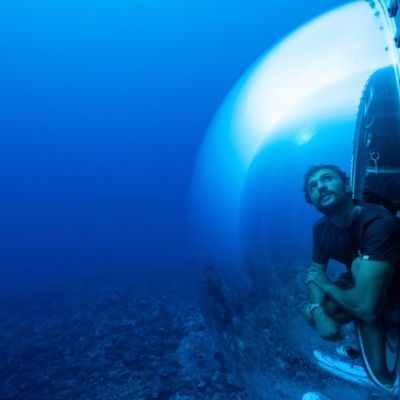Waste Not
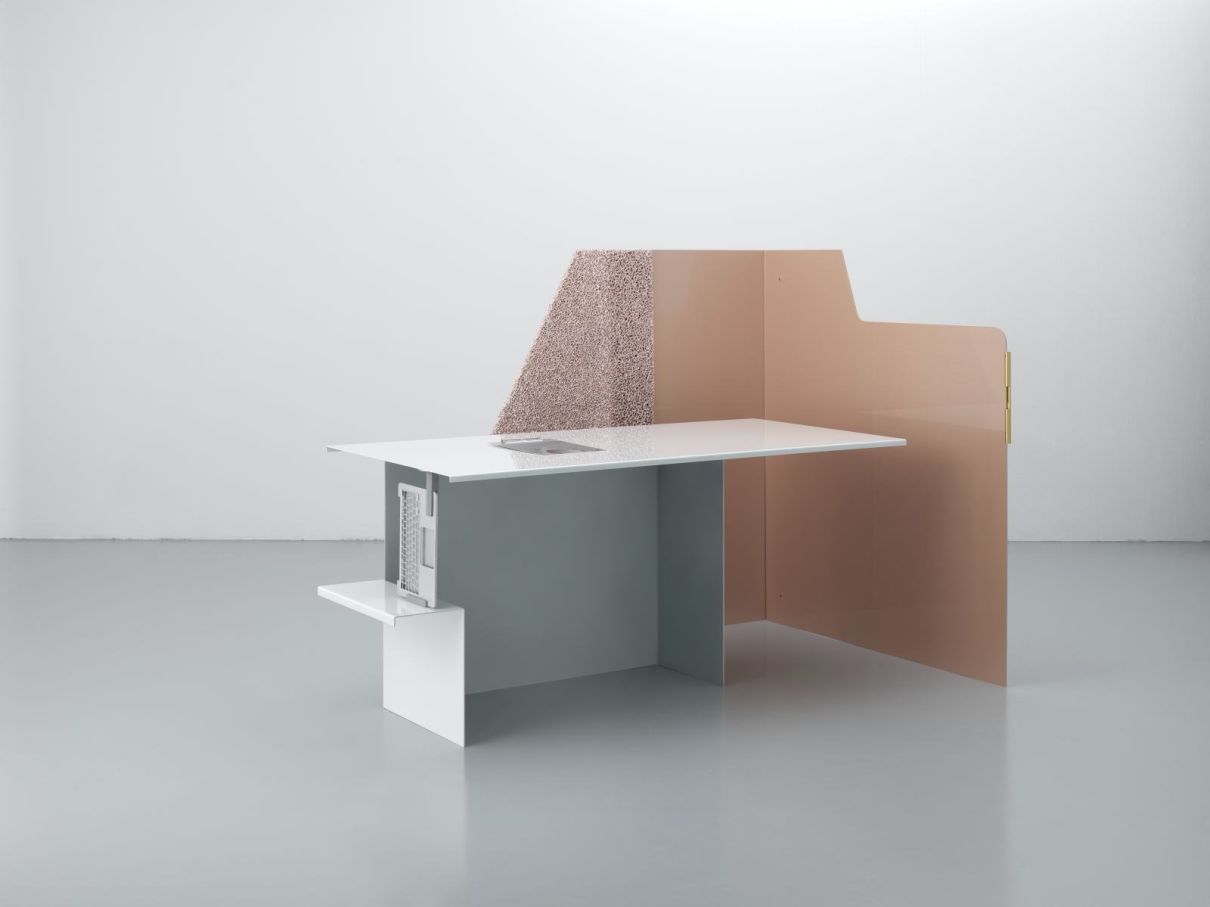
Nine designers pioneering waste in home and furniture design.
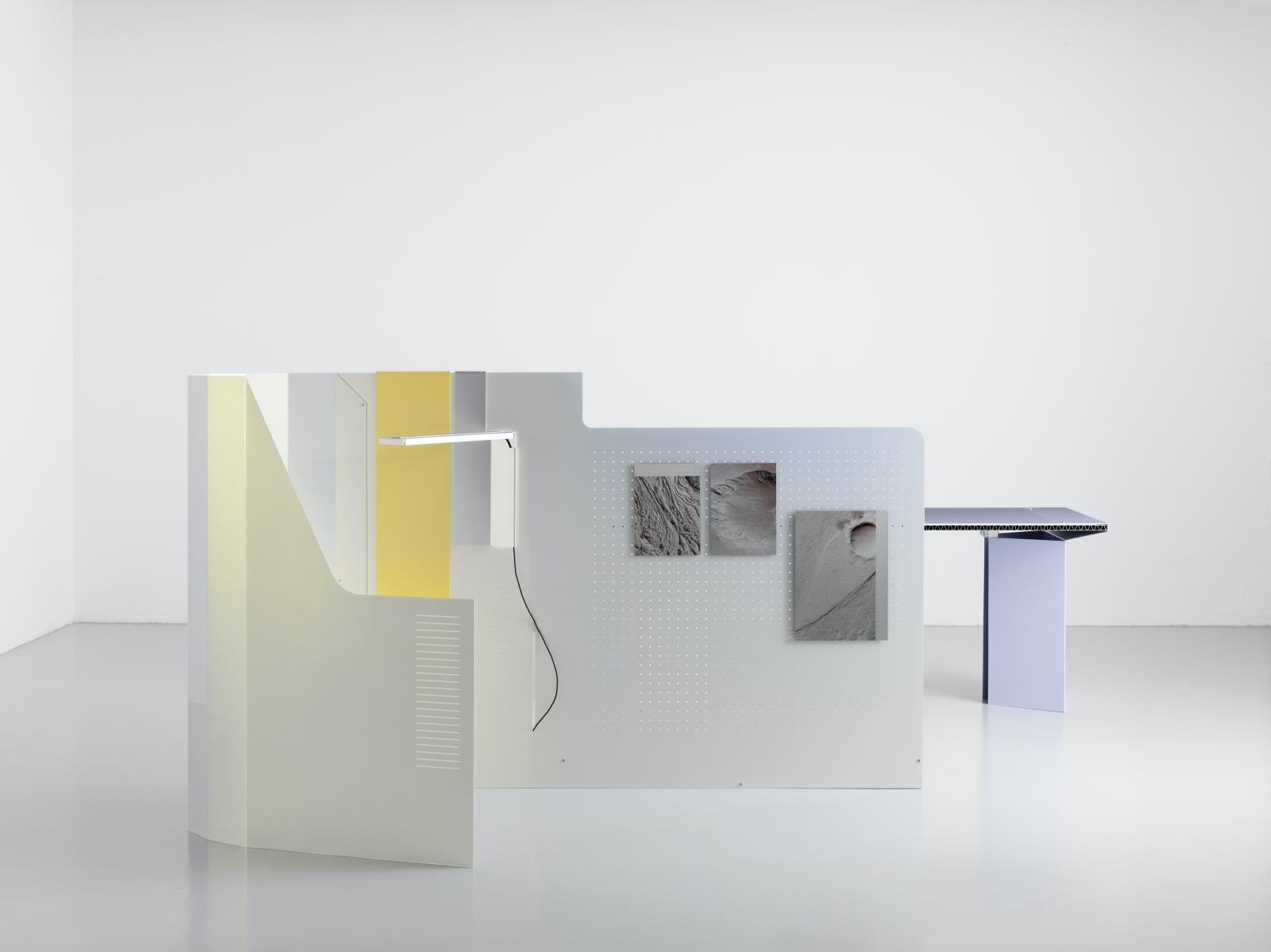
Aware of a growing demand for sustainable products, designers are increasingly viewing waste as a quarry for new materials. We list nine designers who are pioneering the use of waste in home and furniture design.
Noma: Recycled materials into furniture
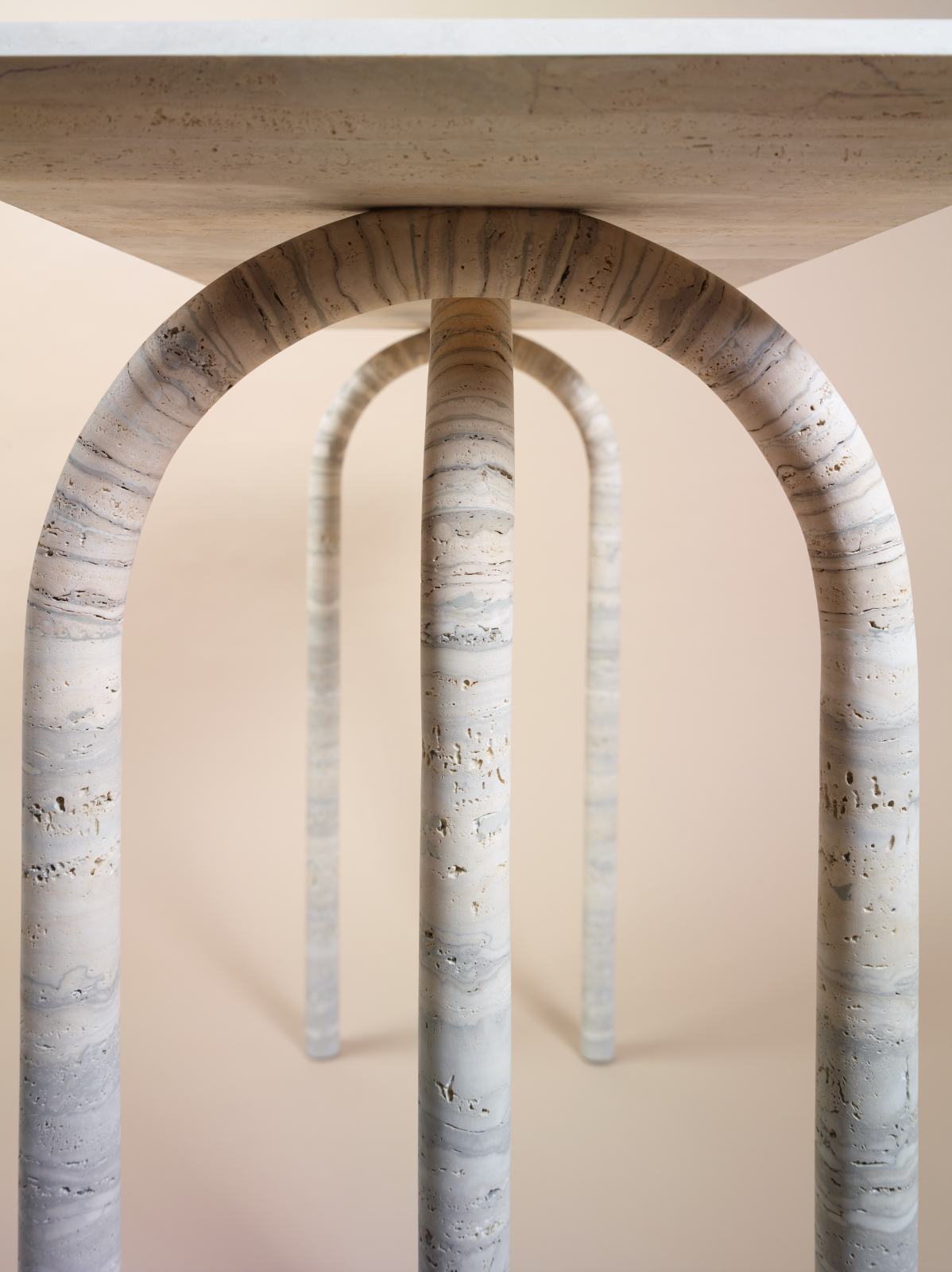
For two decades, Guillaume Galloy, a production engineer, and Bruce Ribay, an architect, designed and oversaw the construction of high-end projects for global luxury brands. In 2019, they founded Noma, a brand that manufactures high-quality furniture and everyday objects, conceived by leading designers using discarded materials. “One of our priorities was to concentrate on recycled materials: we believe that, today, they are the noblest,” the founders explain. The first collection showcases only sustainable and virtuous pieces: a candleholder carved out of a crystallised slab of marble waste by Sam Baron; recycled plastics turned into an armchair or side table by Charlotte Juillard; and a stool by Martino Gamper.
HÅG: Snow plough markers into chairs
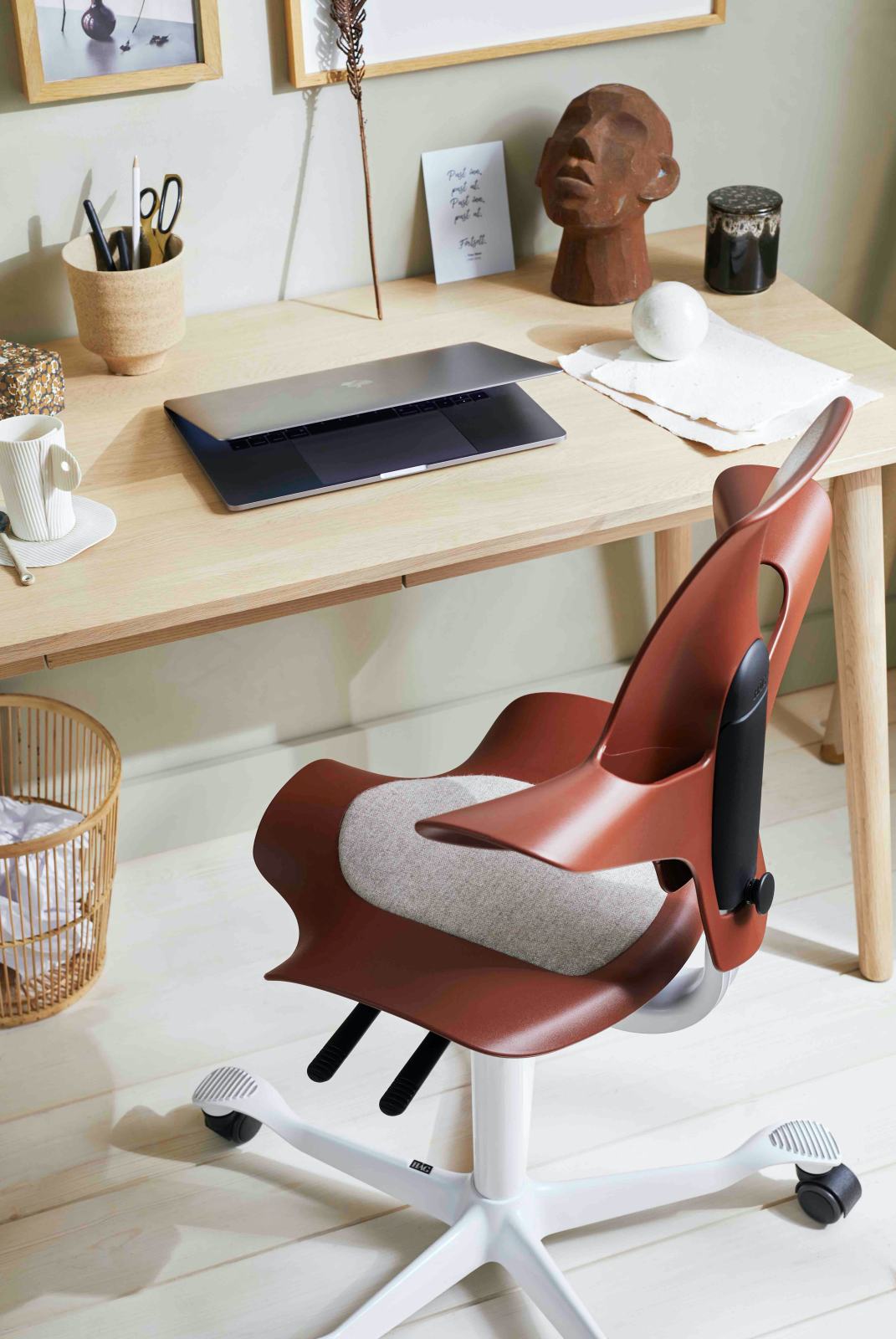
Norwegian design brand HÅG has made 200 Capisco Puls chairs from recycled snowplough markers. This limited edition is in a beautifully unique auburn colour, a result of the mixed recycled plastics. Used to line roads in Norway’s often snowy mountain roads, the luminous markers indicate the curbside. Made of a tough plastic mix capable of enduring harsh environmental conditions, thousands of damaged and tired snow poles are collected and discarded each year. Snowplough markers are now in short supply as the Norwegian road administration has identified their environmental impact and is replacing them with sustainable Norwegian pine and Danish willow wooden alternatives.
Kaffeeform: Coffee grounds into cups
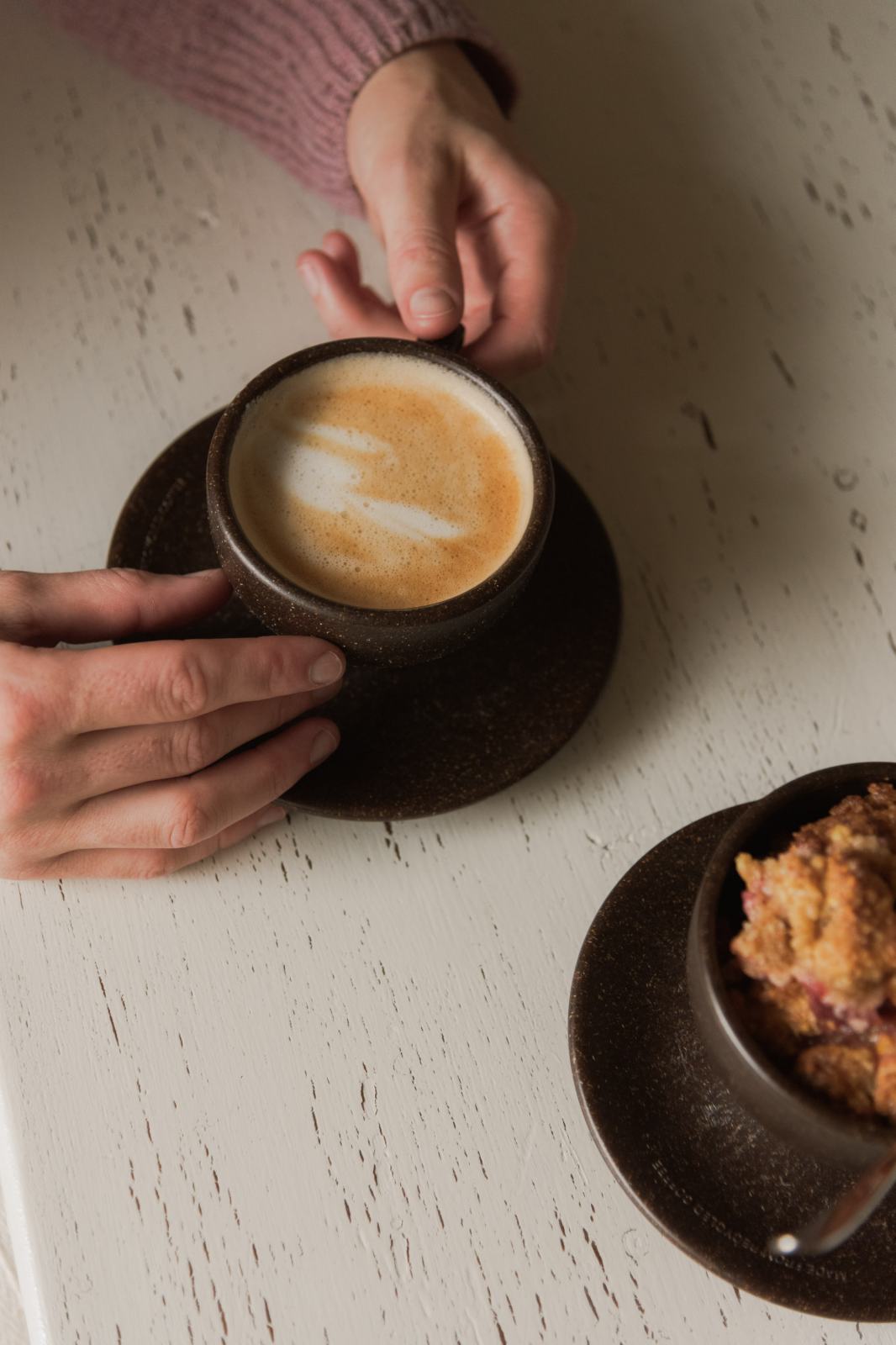
It all started as an experiment with coffee grounds. Product-designer Julian Lechner was intrigued by the idea of creating something new and lasting out of supposed waste. In 2018 he discovered a unique formula: recycled coffee grounds and renewable raw materials such as starch, cellulose, wood and natural resins could be transformed into a durable, robust material. Kaffeeform was born. The search to gather sufficient quantities of coffee waste then began. Today, a bicycle courier collective gathers used coffee grounds from selected cafes and roasteries in Berlin. The grounds are then dried and preserved in a social workshop before the material is compounded and shaped into coffee cups in small plants across Germany.
Ostraco: Seashells into marine glass
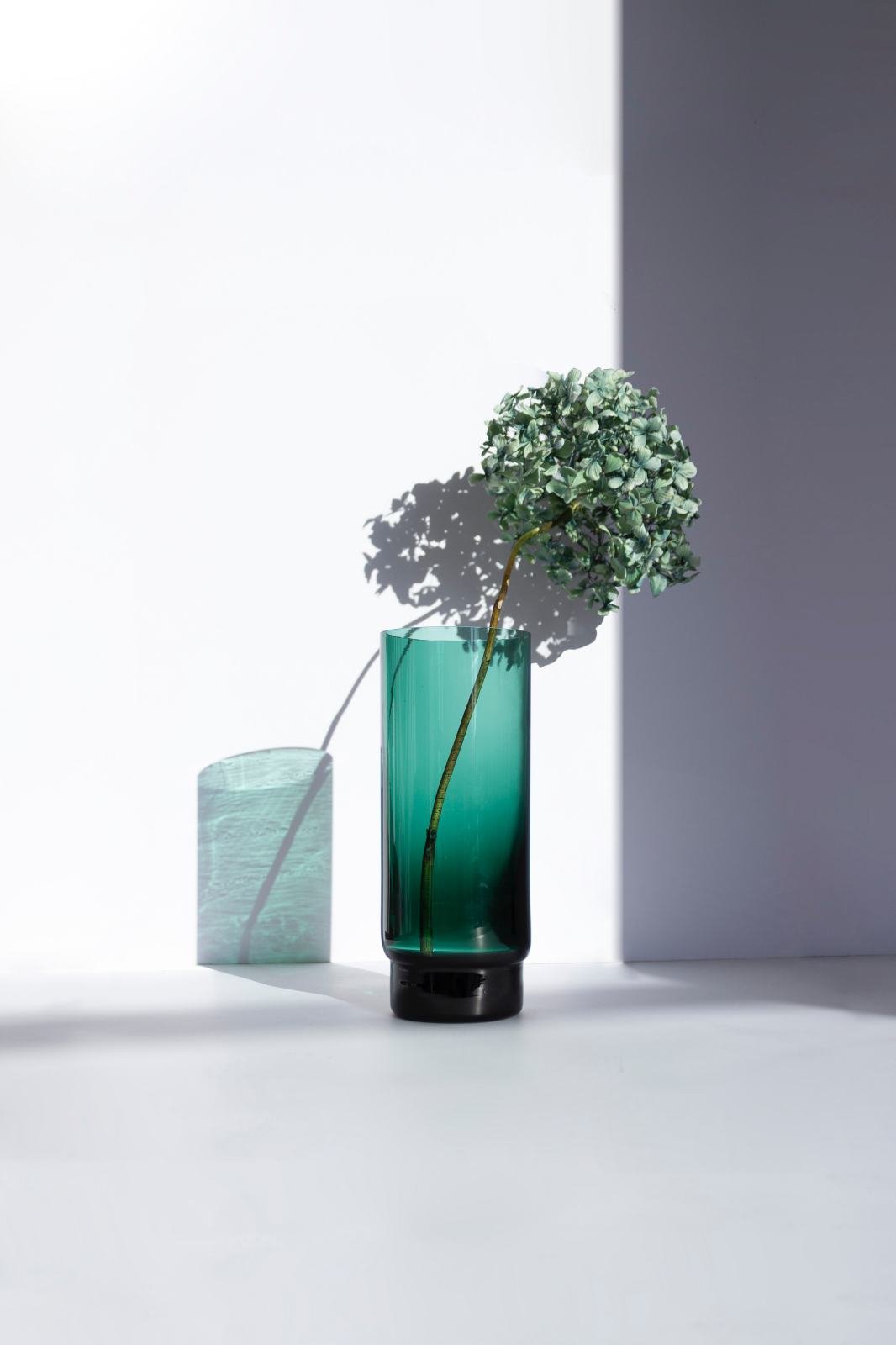
We rarely consider the shells once we’ve eaten an oyster or a seafood platter. But designer and head of research Lucile Viaud found a way, back in 2015, to re-evaluate the potential of seafood waste. She imagined a marine glass named ‘Glaz’: composed of micro-algae and oyster shell powder, which can be endlessly recycled. Winner of the Paris Design Prize in the emerging design category, Viaud also worked with Michelin-star chef Hugo Roellinger to create a collection of glass containers from abalone shells; the same abalones are cooked by the chef and presented on one of her dishes. Viaud believes designers play a very important role in the conservation of our environment, but also of our resources and traditions.
Snøhetta: Recycled fish nets into furniture

Leading architecture firm Snøhetta researched how to use recycled plastic as a valuable resource, employed in new ways. Together with furniture manufacturer Nordic Comfort Products, Snøhetta developed a chair that has one of the lowest carbon footprints: its body is made from 100 percent recycled plastic collected from the local fish-farming industry in northern Norway, and a subframe made from recycled steel. The process is simple: once the worn-out fish nets, ropes and pipes are collected, they are processed and ground into a granulate that can be injected into formwork, generating endless possibilities for developing new objects.
Formafantasma: Electronic waste into furniture

Design duo Formafantasma are leading the charge on how we look at electronic waste, and how design, as a whole, could be an important agent for more responsible use of resources. By 2080, the most significant metal reserves will not be underground but above the surface. Today, discarded hardware is everywhere; no one really considers electronics are the world’s fastest-growing waste stream. Only 30 percent of the West's e-waste makes its way to appropriate recycling facilities and efforts to recycle it remain experimental, uncharted, and contentious. The office furniture created for the Ore Streams project invites more in-depth exploration of how design can transform waste into desirable products. The furniture is constructed out of recycled iron, aluminium, dead stock of computer cases, and recycled electronic components.
Maximum: Industrial waste into furniture
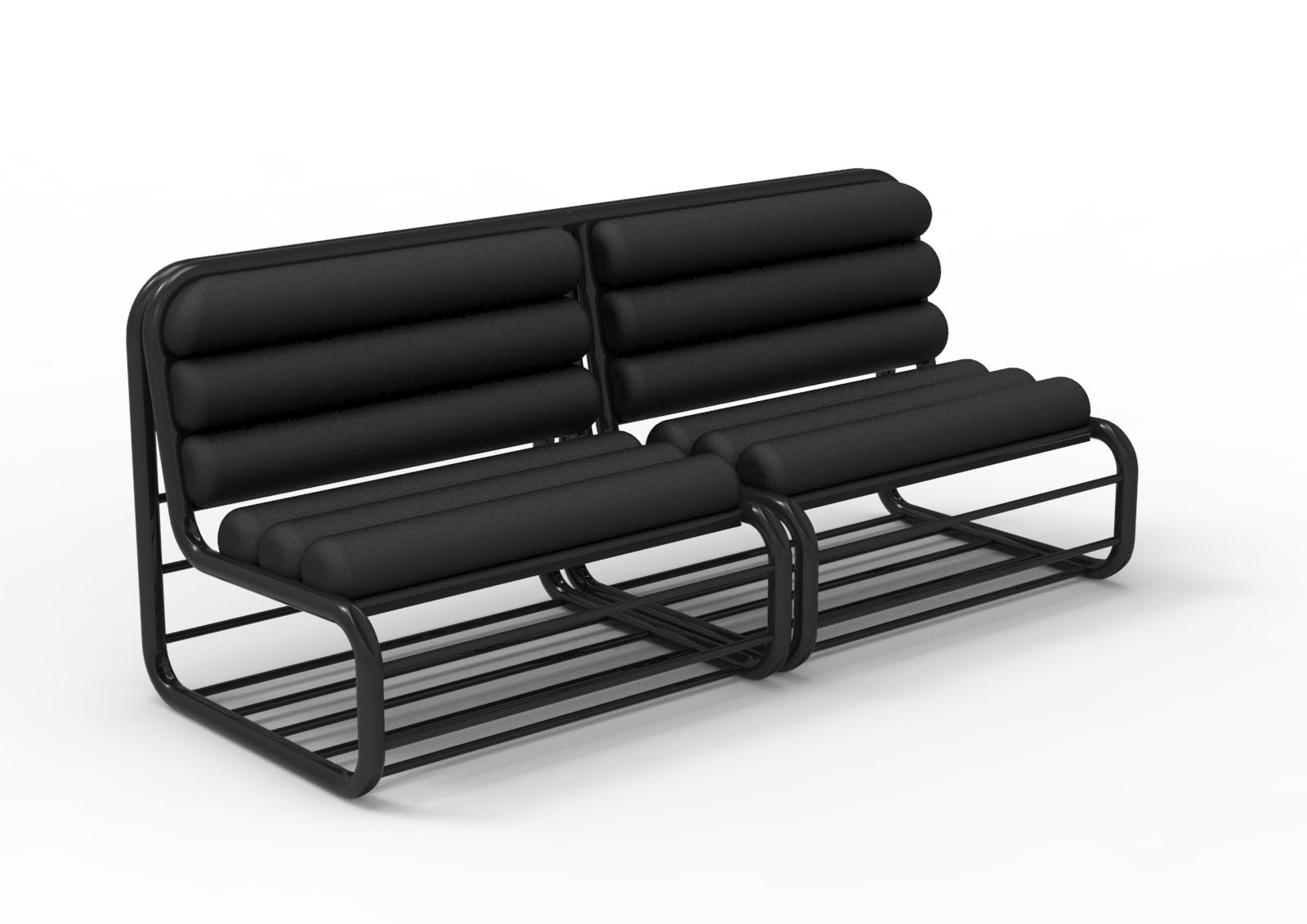
Based in Ivry, near Paris, Maximum turns industrial waste into furniture. Co-founder Armand Bernoud explains: “Every working factory is faced with an unwanted production: scrap pieces, prototypes, pre-series, downgraded pieces: a good chunk of the production is often rejected and discarded as waste. In France, we are looking at 65,000 tons a day.” Faced with such an abundant resource, Maximum decided to scout France to find standardised products that could easily be re-used. The Gravêne chair, for example, is made using plastic waste, rejected for its imperfect colouring; transformed into liquid plastic by Maximum, the recovered material is moulded into a chair and finished by hand. The legs are made from century-old oak, left over from the wine-barrel industry.
Kristen Wang: Coffee grounds into furniture
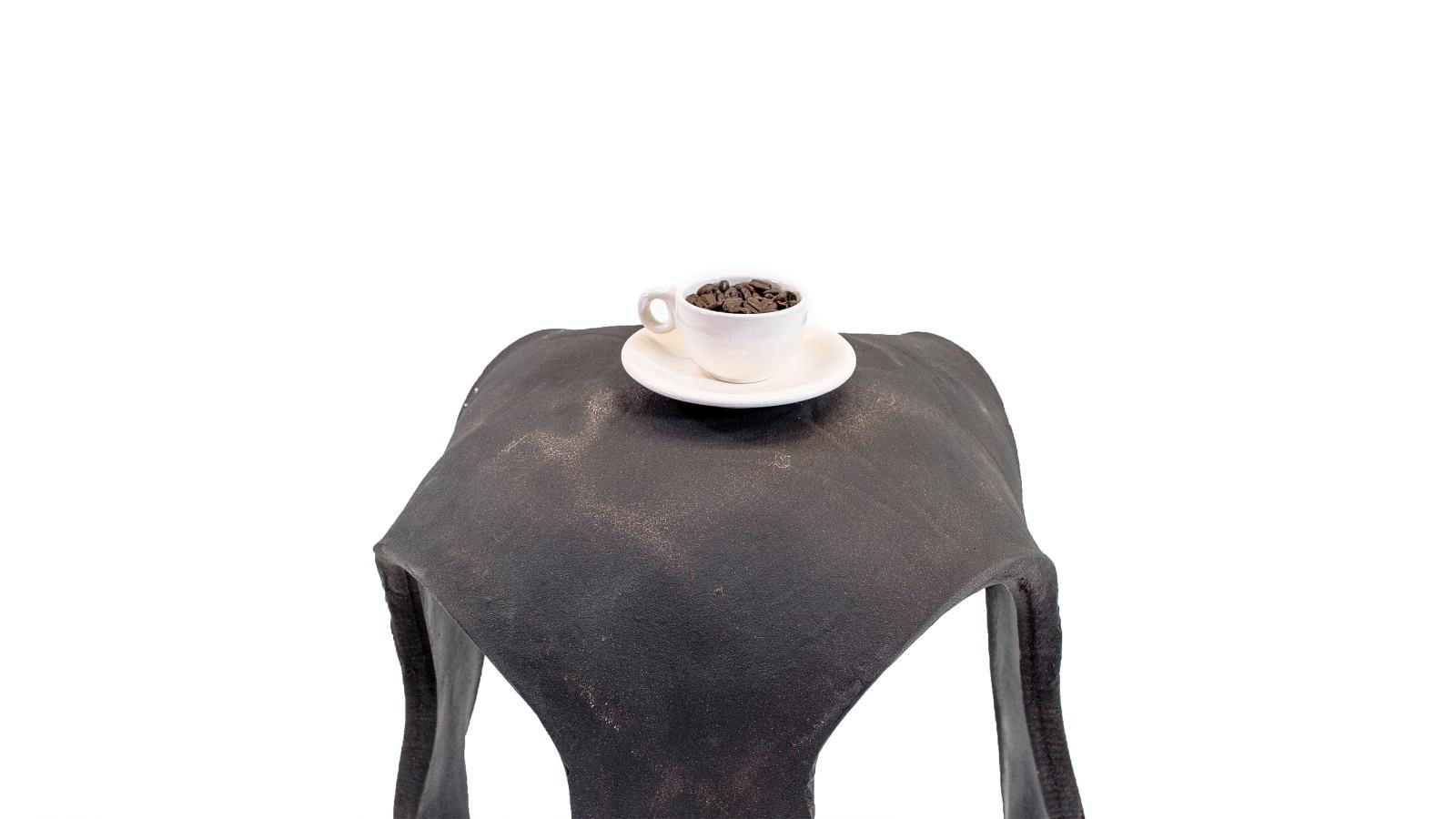
Another project made from locally collected coffee-ground waste and other coffee waste, Melbourne-based designer Kristen Wang designed the Re-Bean stool: 100 percent biodegradable, it has won many prizes. It has a coffee smell and tactile feel. The coffee grounds are collected, processed and transformed locally, using a mold that can be endlessly reused, without any use of chemicals.
Studio Swine: Waste into various projects
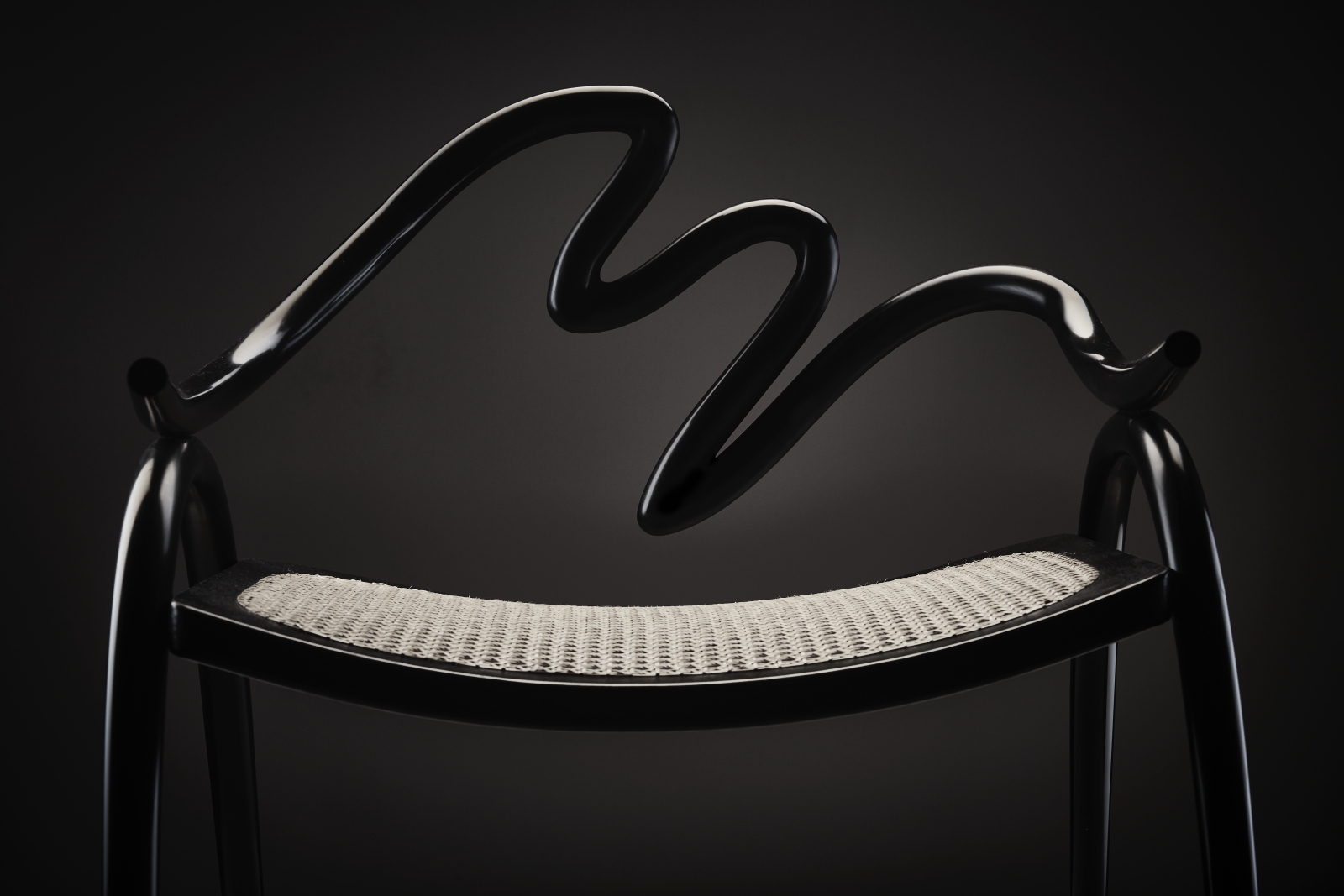
Design duo Azusa Murakami and Alexander Groves, founders of Studio Swine, first created their Sea Chair, made from ocean plastic, in 2012. Together with local fishermen, they collect plastic recovered from the oceans, creating a Stool at Sea. They have worked with locals to rethink design in all corners of the world: for example, they use fish skin from the Amazon in Brazil to make fine fish-leather cushions for a chair.
This article originally appeared in Billionaire's Hope Issue, Spring 2021. To subscribe contact


